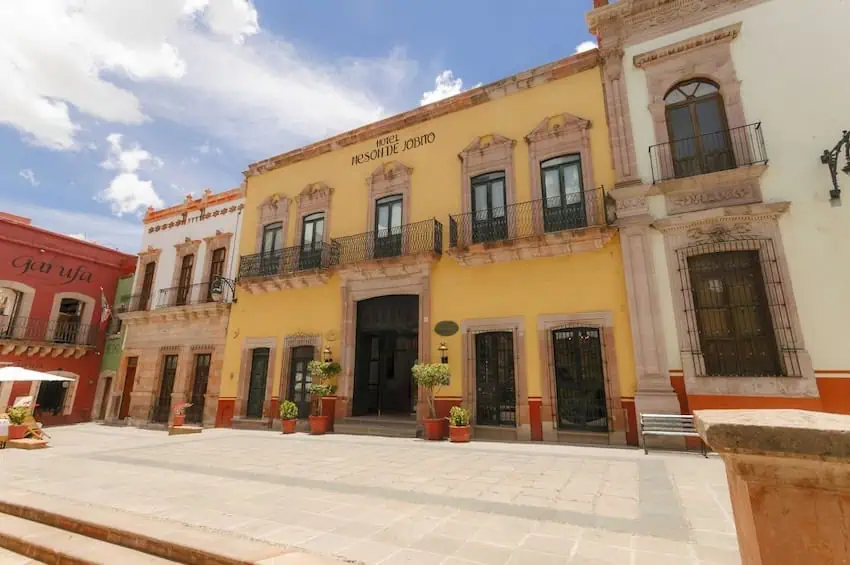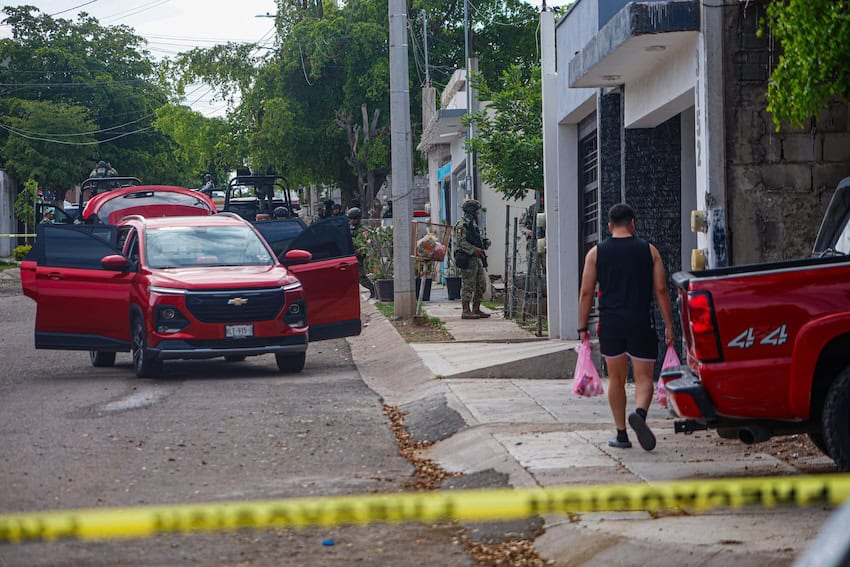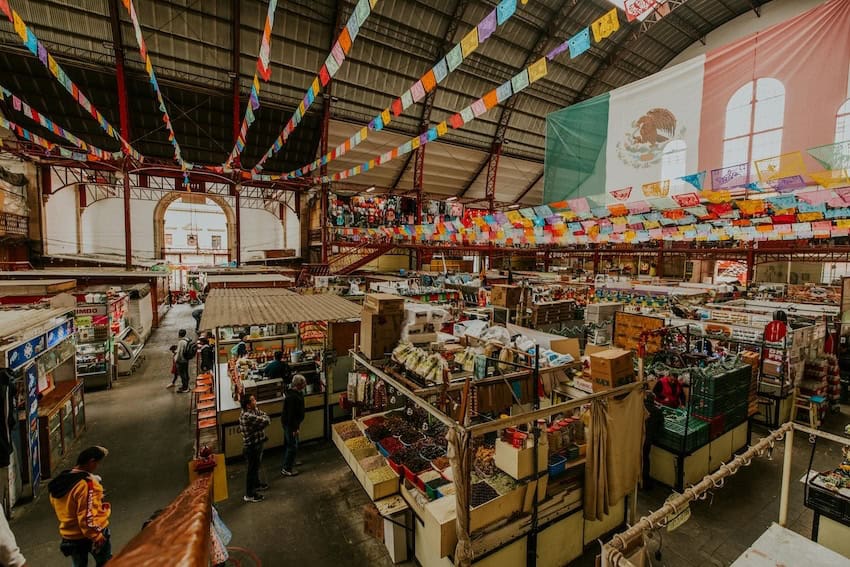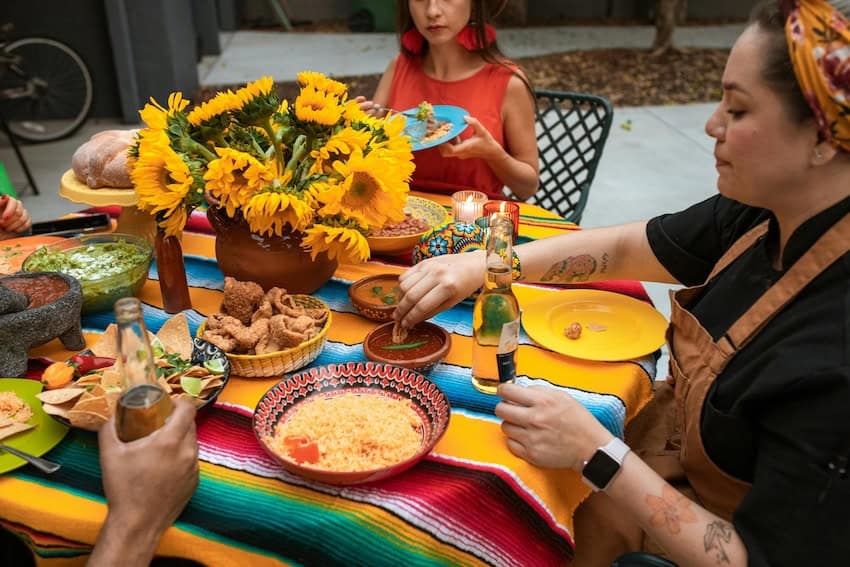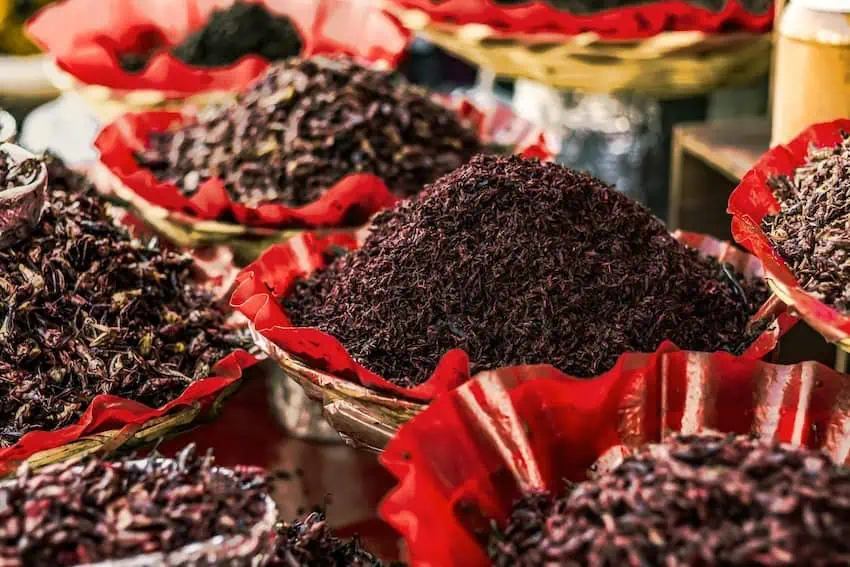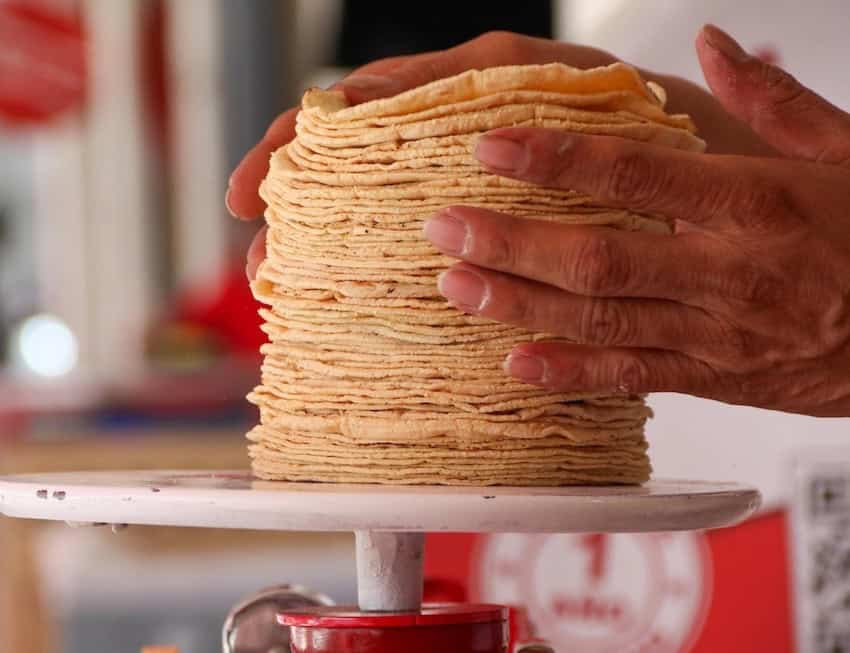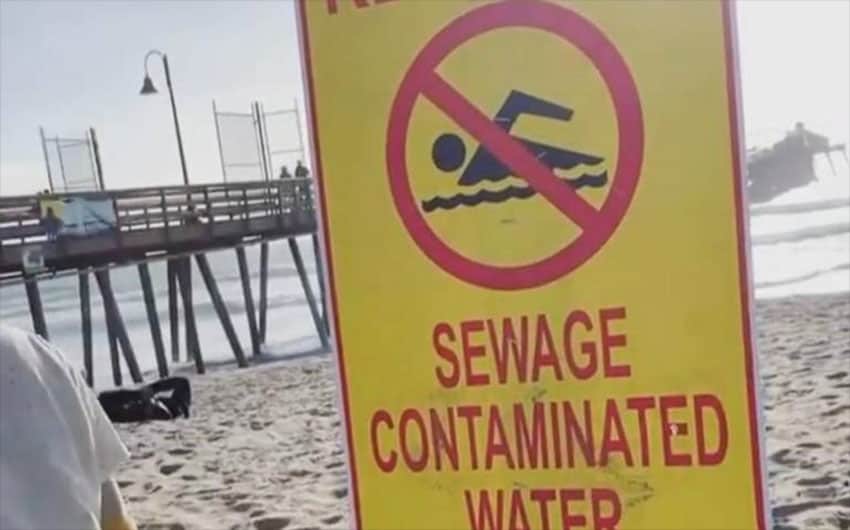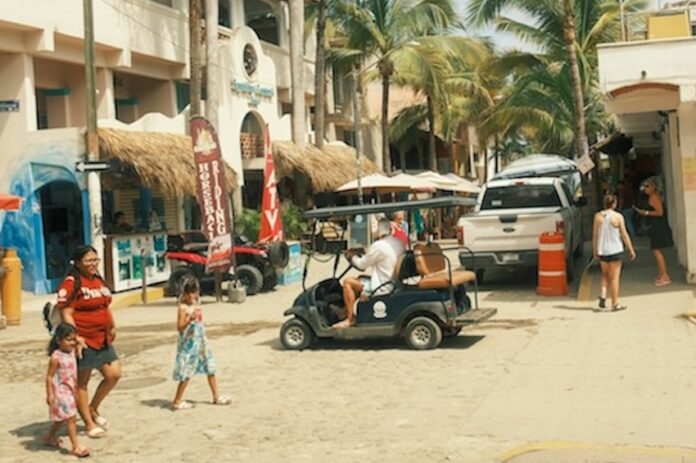It has been six years since the last new golf course opened in Los Cabos. By local standards, that’s an eternity. Indeed, it’s the longest gap between openings since the initial course, a 9-hole Fonatur layout now known as Vidanta Los Cabos, premiered in 1987, with Palmilla Golf Club and Cabo Real following in 1993.
However, this fact should not be taken to mean that tourists have grown tired of the sport, or that local developers have grown weary of using it to attract tourists or homebuyers for real estate developments. More new courses, plural, are on the way, with three of them expected in 2026.
Some context is needed, though. Last year, I reported that there were a handful of golf course projects under development. Two of those are now suspended, with the other three, as noted, proceeding toward completion. Thus, it seems a good time to catch up on how all five stand currently.
The Legacy Club at Diamante, a Tiger Woods design

The Legacy Club will be the third course designed by Tiger Woods at Diamante, an upscale development on the Pacific Coast of Cabo San Lucas. His first completed design, El Cardonal, opened in 2014, followed by the 12-hole, par-3 Oasis Short Course in 2017. As if Tiger’s commitment to Diamante isn’t evident, he also has a restaurant there called The Woods Cabo.
El Cardonal is currently his most famous local layout, if only because it’s the Los Cabos course to host a PGA Tour event, the annual World Wide Technology Championship. However, that will change in 2027, when the Legacy Club takes over hosting duties for the tournament. By all accounts, the new course will be spectacular. As TGR Design notes, “the concept for The Legacy Club is to create a course that transports golfers from the open desert landscape of southern Baja into a new, secluded environment of lush vegetation—truly an oasis in the desert.”
The Legacy Club, like all of Tiger’s local designs, will be private, with membership capped at 250. The sprigging of grass began this summer, and the course is expected to open by the end of 2026.
Campo Alto at Querencia, a Tom Fazio design

Querencia, too, has hosted tournaments, in its case, the Cabo Collegiate, which was held at the private luxury community’s Tom Fazio-designed course a few miles outside San José del Cabo. Fazio’s layout premiered in 2000 and was immediately hailed as world-class. However, over the years, its reputation has only continued to grow. It was named one of the World’s 100 Greatest by Golf Digest in 2016, by which time Golfweek had already acclaimed it as the best in Mexico.
Originally, that course, like the community in which it is set, was dubbed Querencia. But it has since been renamed Campo Bajo to distinguish it from Fazio’s second course on the property, Campo Alto. Can Fazio craft another masterpiece in Los Cabos? All signs point to yes. Three holes have already been sprigged with a newer Bermuda grass type that is perfectly suited to the local climate, one of two varieties of Bermuda that will be used for the course as a whole.
When finished in late 2026, Campo Alto will feature finishing holes routed through dramatic canyons, as well as four tunnels and one bridge so that golfers are shielded from any interactions with those traveling along local roads.
Oleada Golf Links, an Ernie Els design

Ernie “the Big Easy” Els won four major championships during his career on the PGA Tour, and is still playing on the PGA Tour Champions. However, the South African has since turned his attention to golf course architecture, too, most notably at Oleada Golf Links, the latest project set on Cabo San Lucas’ duneswept Pacific Coast, with the course and its accompanying oceanfront resort community situated between Diamante’s El Cardonal and the Solmar Golf Links.
“This is one of the most spectacular projects on our books,” Els reported in his latest update on ernieels.com in April 2025. “We’ve got a great team here, and the boys are doing an incredible job. As a golf course designer, whenever we can work in sand, it’s heaven for us! We got a lot of great work done today; we wanted to do as much as possible so that the boys can really get going. This one is going to be very special, and we’re so excited for the grand opening next year.”
Yes, that means Oleada Golf Links is also targeting 2026.
Baja Bay Club, a David McLay Kidd design
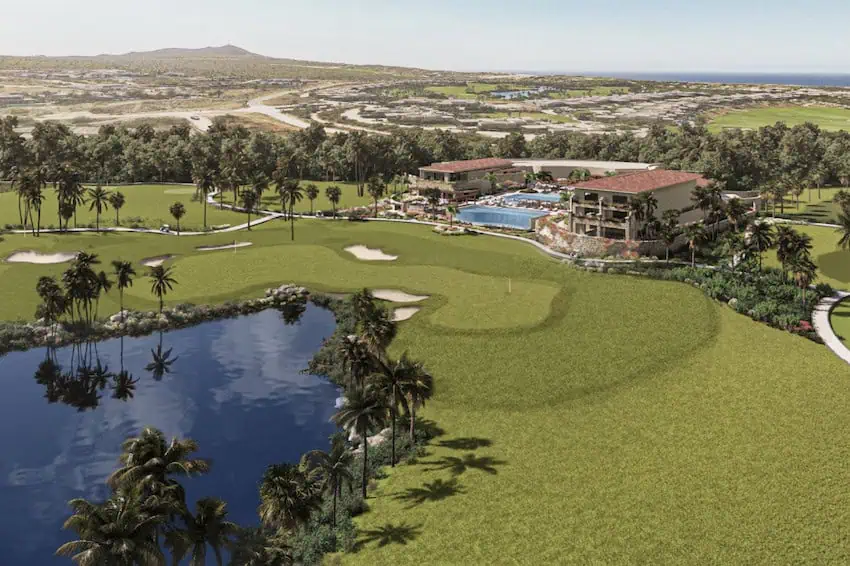
Scottish course architect David McLay Kidd created a legendary layout at Bandon Dunes in Oregon, and his course at Baja Bay Club on Los Cabos’ East Cape, announced in 2024, would likely have generated significantly more excitement had it not been located so close to Cabo Pulmo, the national park and marine sanctuary that is home to a living coral reef and the largest abundance of marine life in the Sea of Cortés.
Due to this proximity and possible impacts, local activists and environmental organizations protested, and in February of this year, the project was provisionally suspended by Semarnat, Mexico’s environmental agency. Appeals will likely be held soon, so there’s nothing conclusive to report. However, it should be noted that local activists have successfully scuttled large-scale projects near Cabo Pulmo in the past, most famously the Cabo Cortés development in 2012.
A second Quivira course, with another Jack Nicklaus design

Jack Nicklaus, the winningest major champion in golf history, has also had a hall-of-fame design career, crafting six layouts in Los Cabos alone. The most recent was Quivira, a stunning Pacific Coast routing that opened in late 2014. Based on the success of this course, a second Nicklaus course at Quivira has long been expected. However, according to a well-paced source, this project too has been suspended, although no reason was given as to why.
So, for now, three courses are coming in 2026, which will elevate Los Cabos’ total number of golf courses from 18 to 21.
Chris Sands is the Cabo San Lucas local expert for the USA Today travel website 10 Best, writer of Fodor’s Los Cabos travel guidebook and a contributor to numerous websites and publications, including Tasting Table, Marriott Bonvoy Traveler, Forbes Travel Guide, Porthole Cruise, Cabo Living and Mexico News Daily. His specialty is travel-related content and lifestyle features focused on food, wine and golf.













